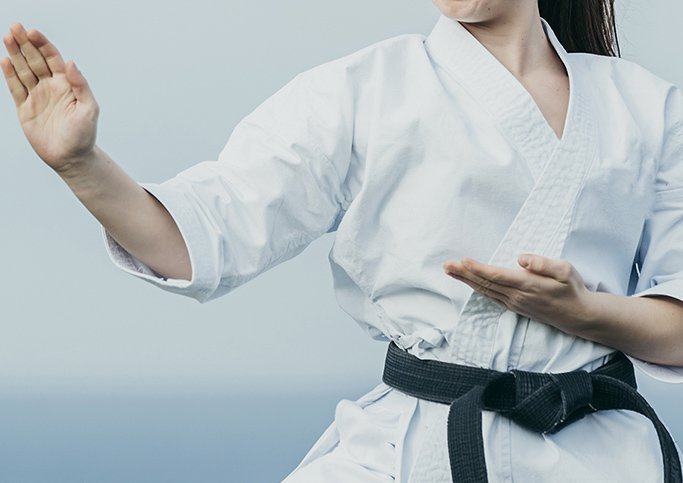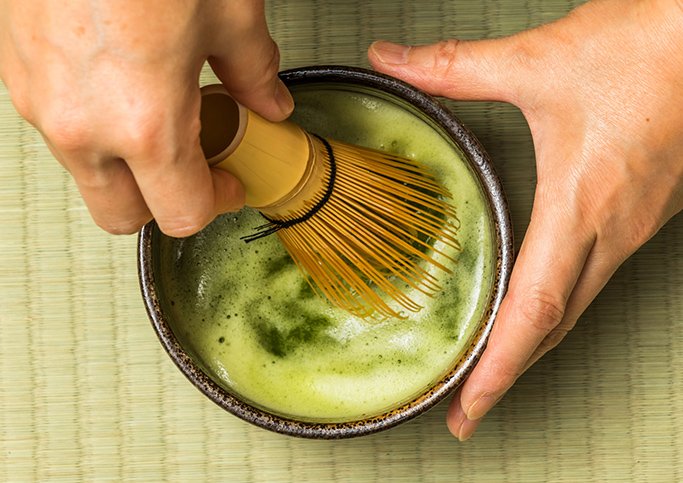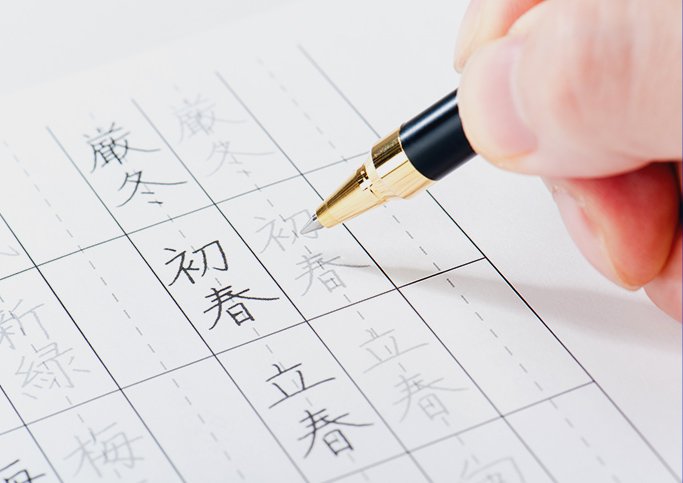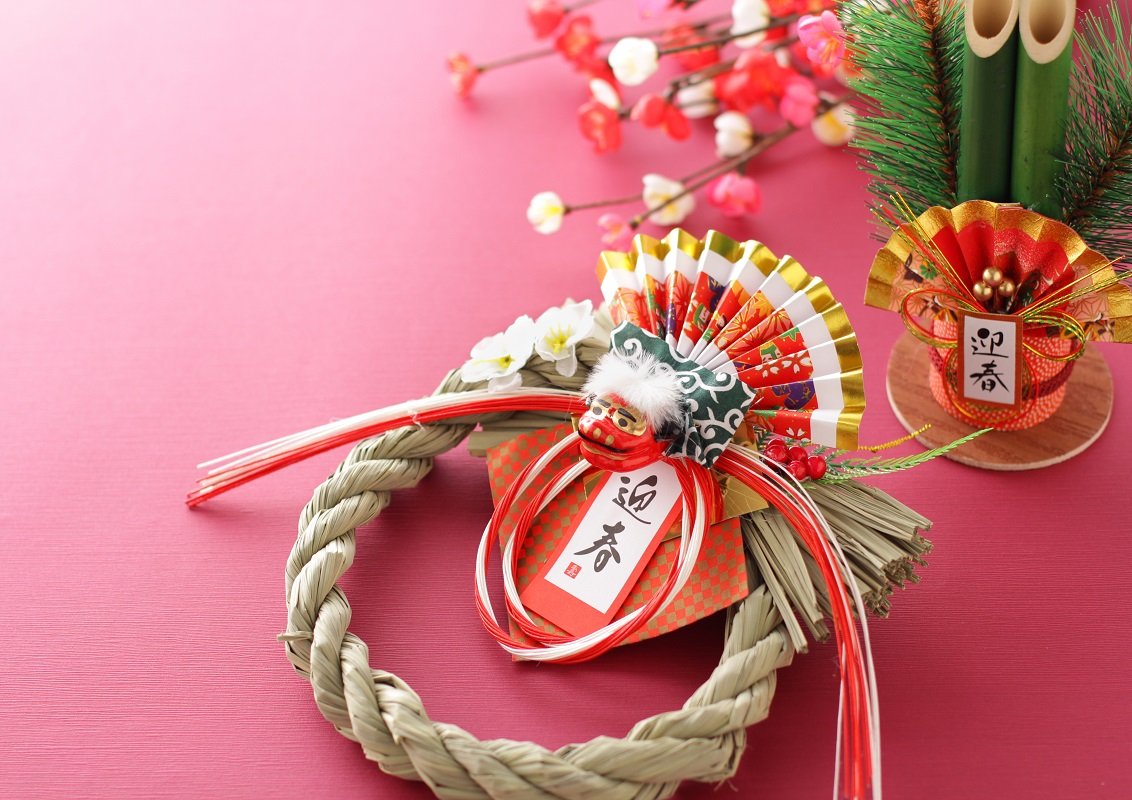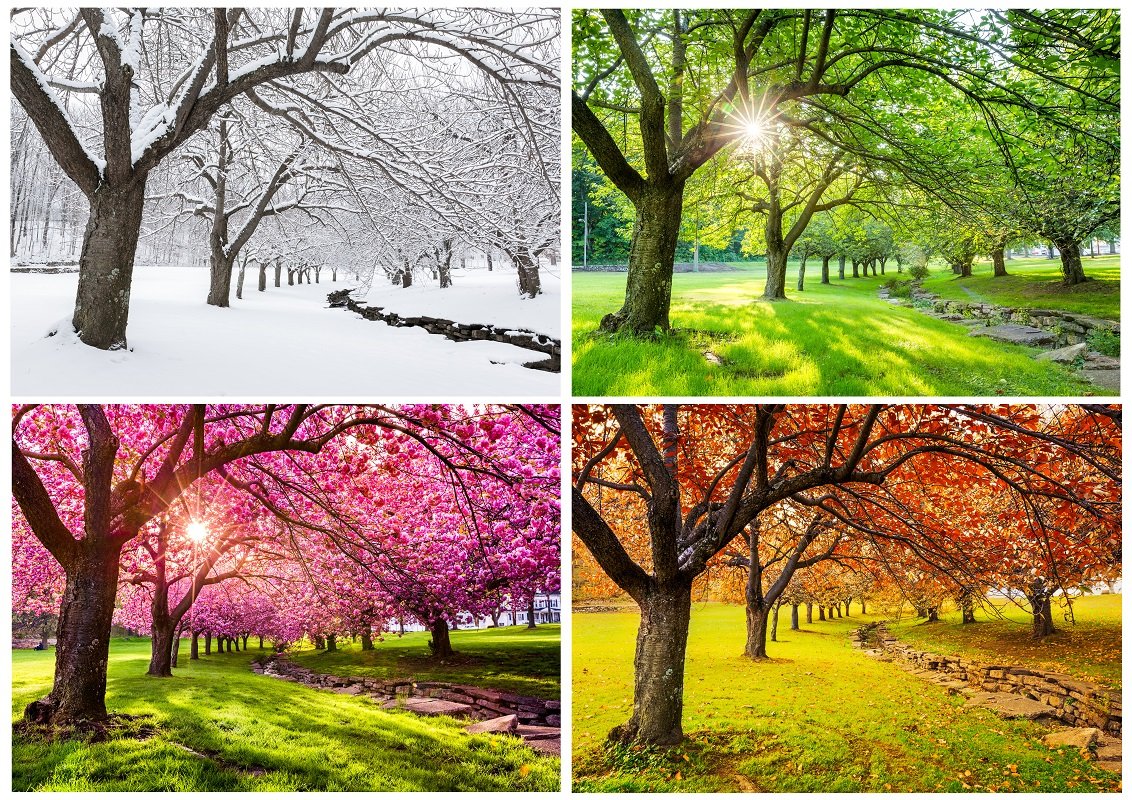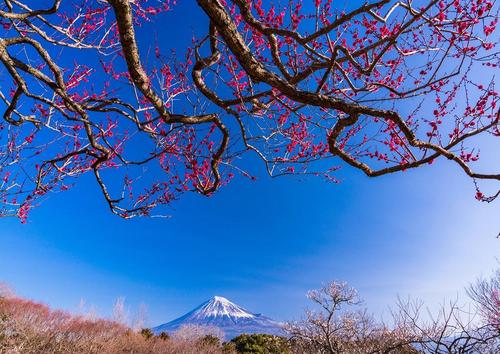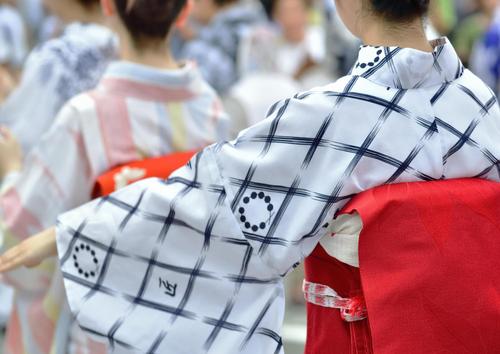
star / stars
Tanabata, which takes place on July 7, is a wonderful event in which a wide range of people, from children to adults, make wishes for strips of paper. However, I think that there are surprisingly few people who know the meaning and origin of Tanabata.
Therefore, in this article, we will explain in detail the three traditions that are said to be the origin of Tanabata and their meanings in strips and decorations.
Tanabata is one of the five festivals

Tanabata is an annual event to celebrate the stars on the night of July 7. It is also one of the five festivals established in the Edo period.
At that time, the Gosekku, which was born as a public event or a holiday, was abolished as a system at the timing of the change to the new calendar in 1873 (Meiji 6). However, the following five festivals centered around Tanabata have been handed down to the present day as seasonal events while changing their shapes.
- January 7: Jinjitsu Festival
- March 3: Jomi's festival
- May 5: Tango no Sekku
- July 7: Tanabata Festival
- September 9th: Chungyang Festival
Three customs that lead to the meaning and origin of Tanabata
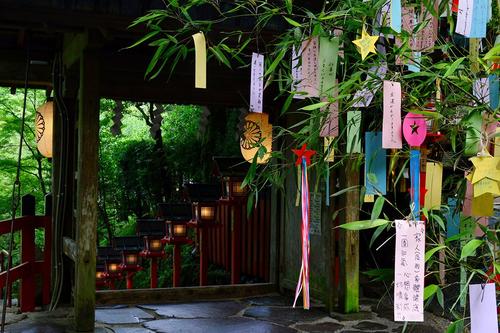
Tanabata in Japan is a mixed culture that combines traditions and customs in Japan and China. Among the many origins, the following three are famous.
Shelf machine (Tanabata)
A shelf machine is an event to pray for a good harvest in autumn to the god of water, which was held in Japan in the old days. In the past, a kimono woven by a woman named Tanaki Tsujo was offered to God. And the loom used to make the kimono was called the "shelf machine".
Such a shelf machine came to be carried out on July 7 in preparation for the Obon festival due to the passage of time. And it is said that it became the Ateji of Tanabata, which is the five festivals of the same day.
Legend of Orihime and Hikoboshi
The story of Orihime and Hikoboshi, which is also famous in Japan, has its roots in the legend of the stars that came from China. The general synopsis is that the Emperor, who was angry with Orihime and Hikoboshi, who had stopped working at all due to their marriage, separated them by the Milky Way. The Emperor is said to have allowed two people to cross the Milky Way only once a year on July 7, provided that they work diligently.
[If you read the article, may you know the meaning of this KARUTA? ]
Kikoden
Takumi is a Chinese custom that was introduced during the Nara period. Takumi Kusu, who wishes to improve sewing, naturally spreads throughout the Japanese palace, and on the night of Tanabata, the festival turns into a festival where women offer offerings and pray. And it is said that the meaning of praying for a good relationship between men and women has been added to the Takumi Kusu that was introduced along with the legend of Orihime and Hikoboshi.
Tanabata decorations and strips are also meaningful
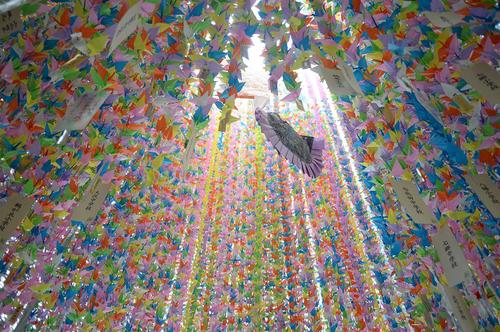
Tanabata decorations also have various meanings and origins.
Five-color strips
The five-colored strips displayed on Tanabata are derived from the Chinese Ying-Yang Five Elements theory. In this idea that the world is made up of yin and yang, the colors used in the strips have the following meanings.
- Blue and green strips: "trees" that represent nature
- Red strip: "Fire" that expresses flames
- Yellow strip: "Soil" which is a symbol of the earth
- White strip: "Gold" indicating the metal buried in the earth
- Black and purple strips: "water" that shows the nurturing of life
The color of the strips also has the meaning of the trivets laid by the Chinese thinker Confucius.
- Blue and green strips: "Jin" of caring heart
- Red strip: "Rei" of gratitude that embodies Jin
- Yellow strip: The "trust" of honesty and keeping promises
- White strip: "Righteousness" that is not bound by self-interest
- Black and purple strips: "Satoshi" aiming to improve schoolwork
Windsock
It is a decoration derived from the legend of Orihime and Hikoboshi. The thread used by Orihime is expressed on paper and cloth. Windsock is said to have the meaning of wishing for improvement in sewing and weaving. If you make a colorful windsock with the same five colors as the strips mentioned above, it seems that the meaning of amulet is also born.
Thousand origami cranes
Cranes are birds that are considered to be a symbol of longevity, as the saying goes, "a crane is a thousand years and a turtle is a million years."People in the old days had a very short lifespan, so it is believed that they wished for the longevity of the elders by folding a thousand paper cranes. In addition, the pair of cranes are very close to each other, so it is also a symbol of a happy couple.
[Do you care about Japan? Would you like to learn Japanese together? ]
Paper garment (Kamiko)
Paper clothing is a kimono-shaped ornament made of Japanese paper or origami. It is said that the purpose of putting paper clothes in the Tanabata decoration is to improve the weaving of women in the same way as windsock. When weaving machines were often used, they were as famous as strips. Paper clothing that looks like a human also has the meaning of wishing that the child will grow up well.
purse
A purse-shaped purse is a decoration that means good luck. Besides getting a lot of money, it also has the purpose of wishing for good savings. Yellow, which calls for good luck, is often used for the Tanabata decoration of the purse. In some cases, you'll decorate a real wallet instead of an origami purse.
Summary
Tanabata, famous for the story of Orihime and Hikoboshi, was a mixed culture of Japanese and Chinese customs and traditions. The Tanabata decorations and strips also contain various wishes such as improved sewing, good luck, and longevity.
When preparing for Tanabata before July 7, those who know these meanings and origins will be able to decorate to fulfill everyone's wishes.
This article is a partial re-edit of the article published in Nihongo Biyori by KARUTA.
Unauthorized reproduction or use of the contents, text, images, illustrations, etc. of this site is strictly prohibited.
CATEGORIES
FEATURED TAGS
RECOMMENDATION
-
 報BUSINESS TERMS
報BUSINESS TERMSWhat is ”Ho-Ren-So”, one of the basic manners when working in Japan?
10/30/2020
-
 伝WORDS & GRAMMAR
伝WORDS & GRAMMARWhat is easy Japanese?
10/30/2020
-
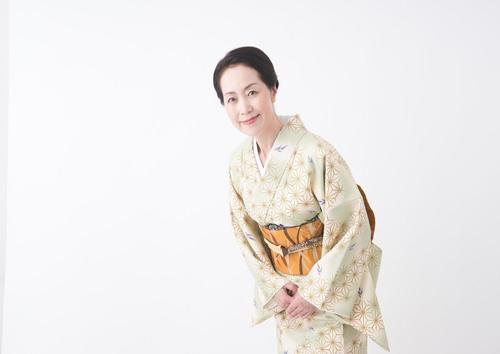 礼MANNERS
礼MANNERSJapanese greeting customs and origins. What are the greetings from other countries?
10/30/2020
-
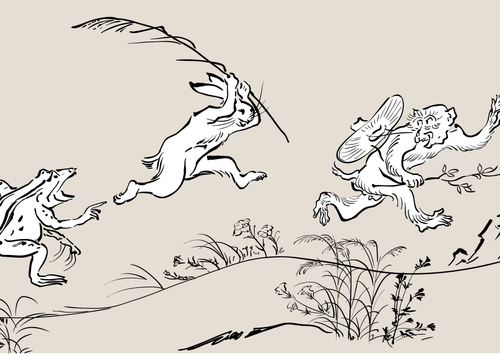 戯COMIC & GAME
戯COMIC & GAMEThe roots of animation and manga? Introducing bird and beast caricatures
10/30/2020
-
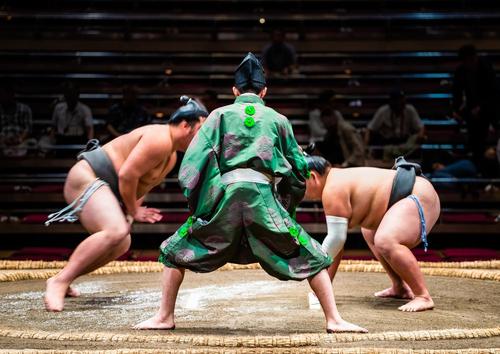 戦SPORTS
戦SPORTSThe history of sumo goes back to the mythical world! ?? Transition from myth to modern times
10/30/2020
LET’S PLAY
KARUTA!
Do you know the meaning of this...
NEXT...
FURTHER EXPLORATION
INTERESTED
IN JAPAN?
WHY DON’T YOU
LEARN JAPANESE WITH US?
START LEARNING
JAPANESE
WITH HUMAN ACADEMY!
ONE OF
THE MOST POPULAR
JAPANESE
LANGUAGE SCHOOLS
JAPANESE
LANGUAGE SCHOOL
OFFERING EXCELLENT
DETAILED LESSONS

ONLINE SCHOOL
- Learn with your classmates from all over the world
- Variety of Courses for All Needs
- FREE Trial Lesson available

TOKYO, OSAKA
- Offer the Best Curriculum for You
- Make New Japanese Learning Friends
- Many Opportunities to Practice Japanese
MAKE FURTHER
STEPS
WITH HUMAN ACADEMY!
ONE OF
THE MOST POPULAR
JAPANESE
LANGUAGE SCHOOLS
JAPANESE
LANGUAGE SCHOOL
PRODUCING MANY
JLPT N1 CERTIFIED
STUDENTS!

ONLINE SCHOOL
- Learn with your classmates from all over the world
- Variety of Courses for All Needs
- FREE Trial Lesson available

TOKYO, OSAKA
- Support Your Higher Goal of Japanese Learning
- Perfect Environment for Japanese Learners
- Learn with Your New Japanese Study Mates




